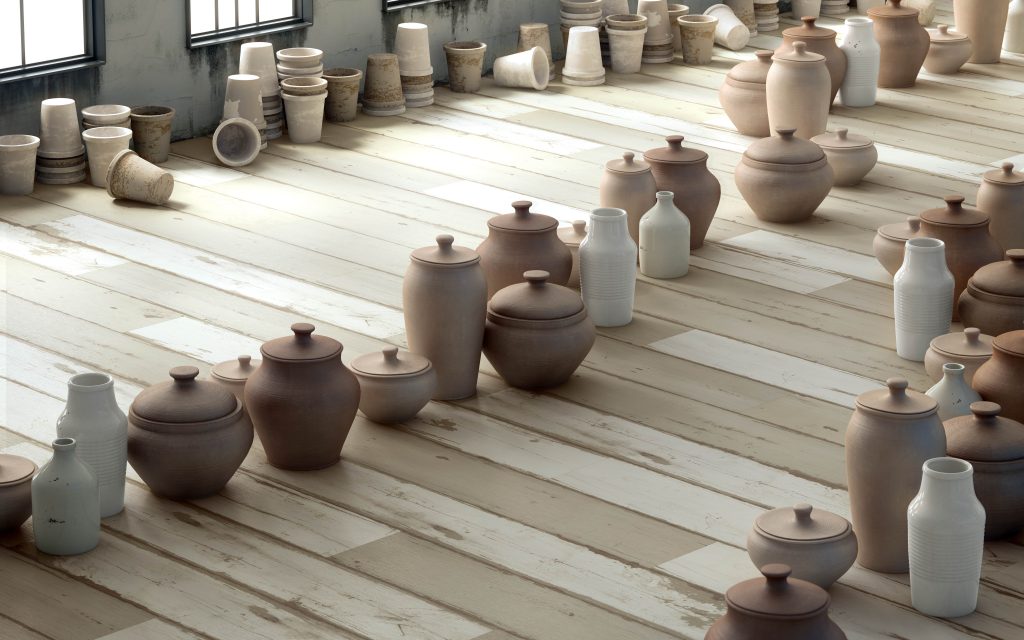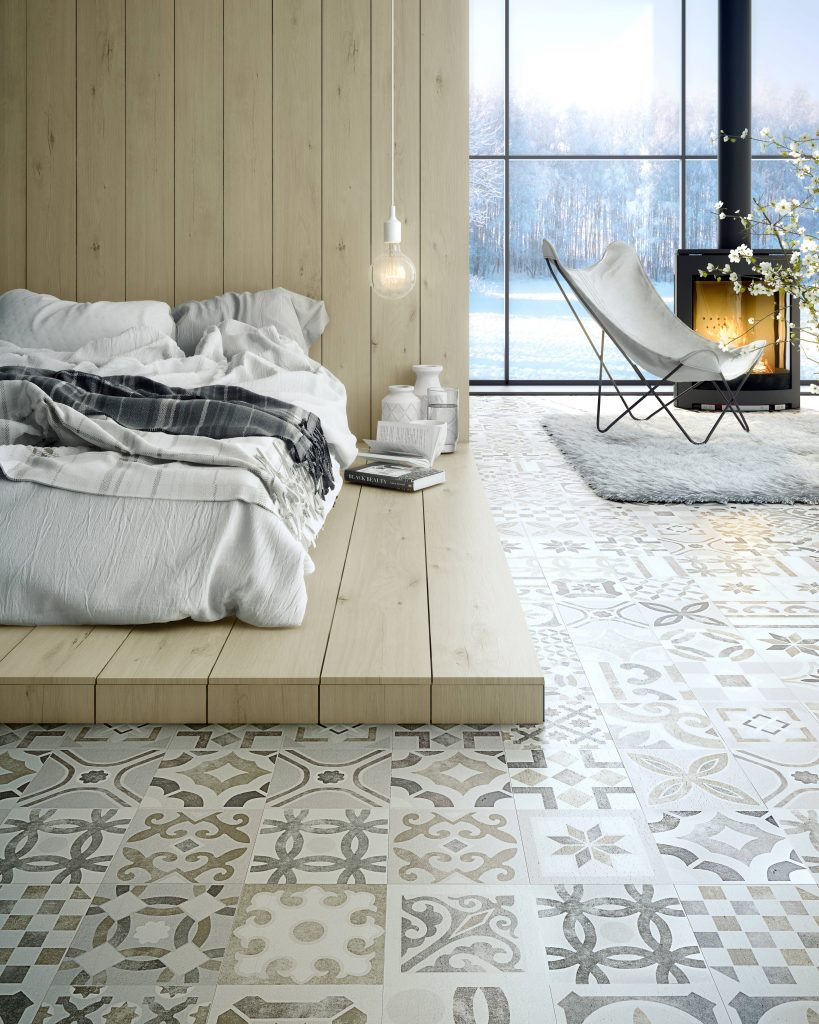Underfloor heating is more and more often an additional option for heating a room. Provides better well-being. Certainly, you would like to wake up in the morning and the first thing your feet will feel is a warm floor. As a result, mornings will be as pleasant as never before. Vertical temperature distribution in rooms is beneficial to the human body from the point of view of its physiology. In addition, floor heating uses less energy than conventional radiators. The lack of visible heating elements is also a big advantage.
Underfloor heating – which floor should you choose?
Not all types of flooring are suitable for underfloor heating. Its design means close contact with the floor. The product should withstand drastic temperature changes. Meanwhile, it is worth remembering that none of the floors should be exposed to temperatures exceeding 27 degrees Celsius.
Tiles

The most effective and traditional solution. The appropriate adhesives that are their basis conduct heat well. In addition, they are not sensitive to temperature changes. The tiles can be placed in any of the home rooms. However, keep in mind that they just get cold when the heating is turned off.
Panels
When deciding on panels, choose the vinyl ones. They conduct heat better. In addition, they are characterized by adequate strength. However, when choosing this form, we should remember about appropriate pads that guarantee proper heat conduction.
Boards
Wood gives the interior a unique character. A wooden plank floor is a classic. Now suitable for underfloor heating. We have mentioned many times that wood is a classic. When choosing boards compatible with underfloor heating, do not be afraid of problems such as cracking or drying out. Most importantly thing is that the boards conduct heat well.
Stone
Provides perfect heat conduction. On the other hand, the floor made of marble or granite scares away with its price. Secondly, the stone cools down very quickly. When turning off the floor heating, we must take into account the almost icy surface.

Underfloor heating – advice!
When deciding on this form of heating, it is worth knowing about several important issues.
– During and after installation, the relative humidity in the room should not exceed 60%.
– Evenly distributed heat on the floor, without hot spots, will be a guarantee of properly installed underfloor heating.
– Thick acoustic underlays and fibreboards reduce the efficiency of the underfloor heating system.
– Avoid gaps between the layers, this will prevent the floor from drying out.
– Remember, beech and maple react more violently to heat, so they can be more mobile and discouraged with underfloor heating.

In conclusion, underfloor heating is becoming increasingly popular. So it is worth considering when replacing the floor, whether or not to use this option. Meanwhile, in our store, you can choose your dream floor that is compatible with floor heating. There are posts on our Instagram in which we describe such floors, check for yourself!